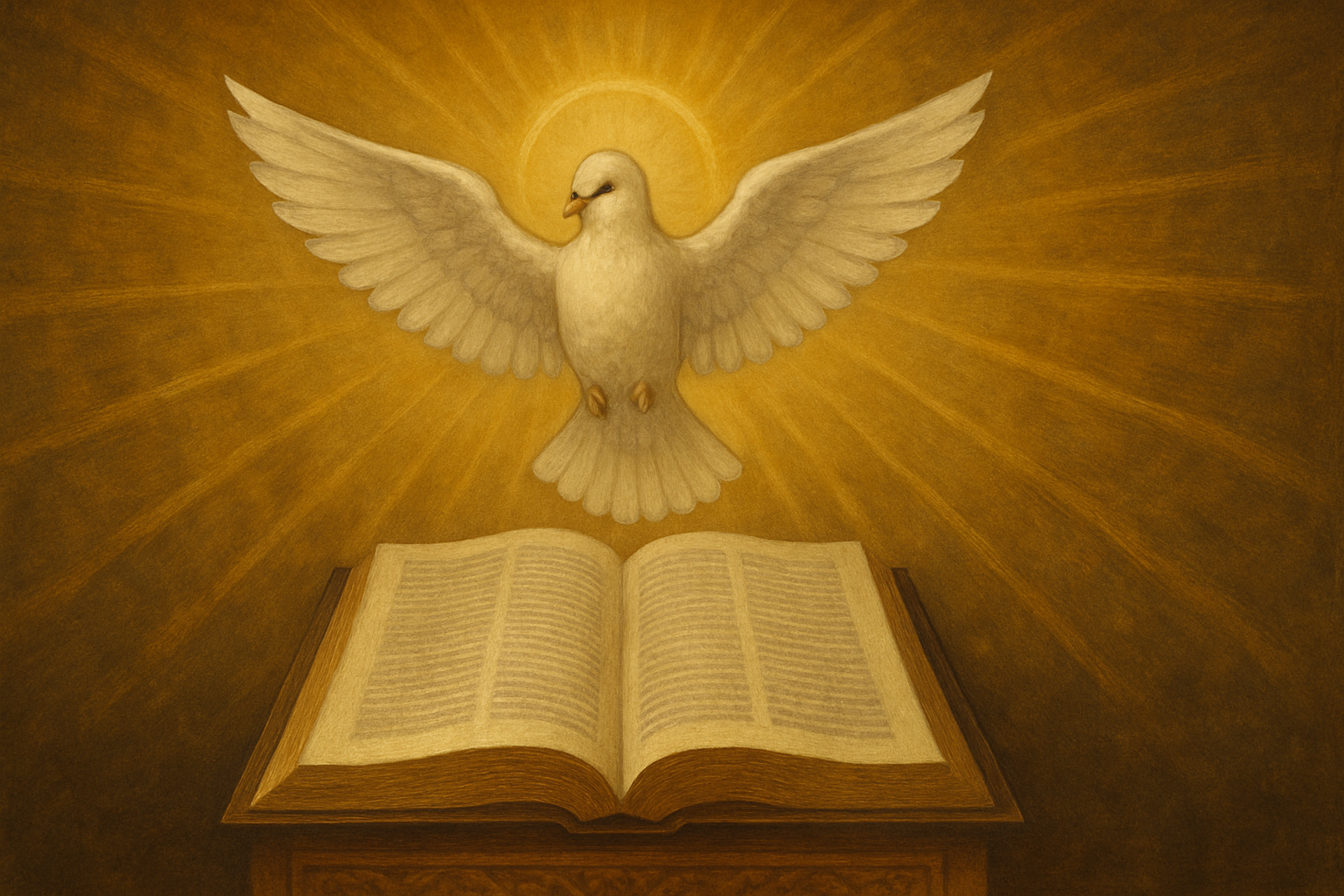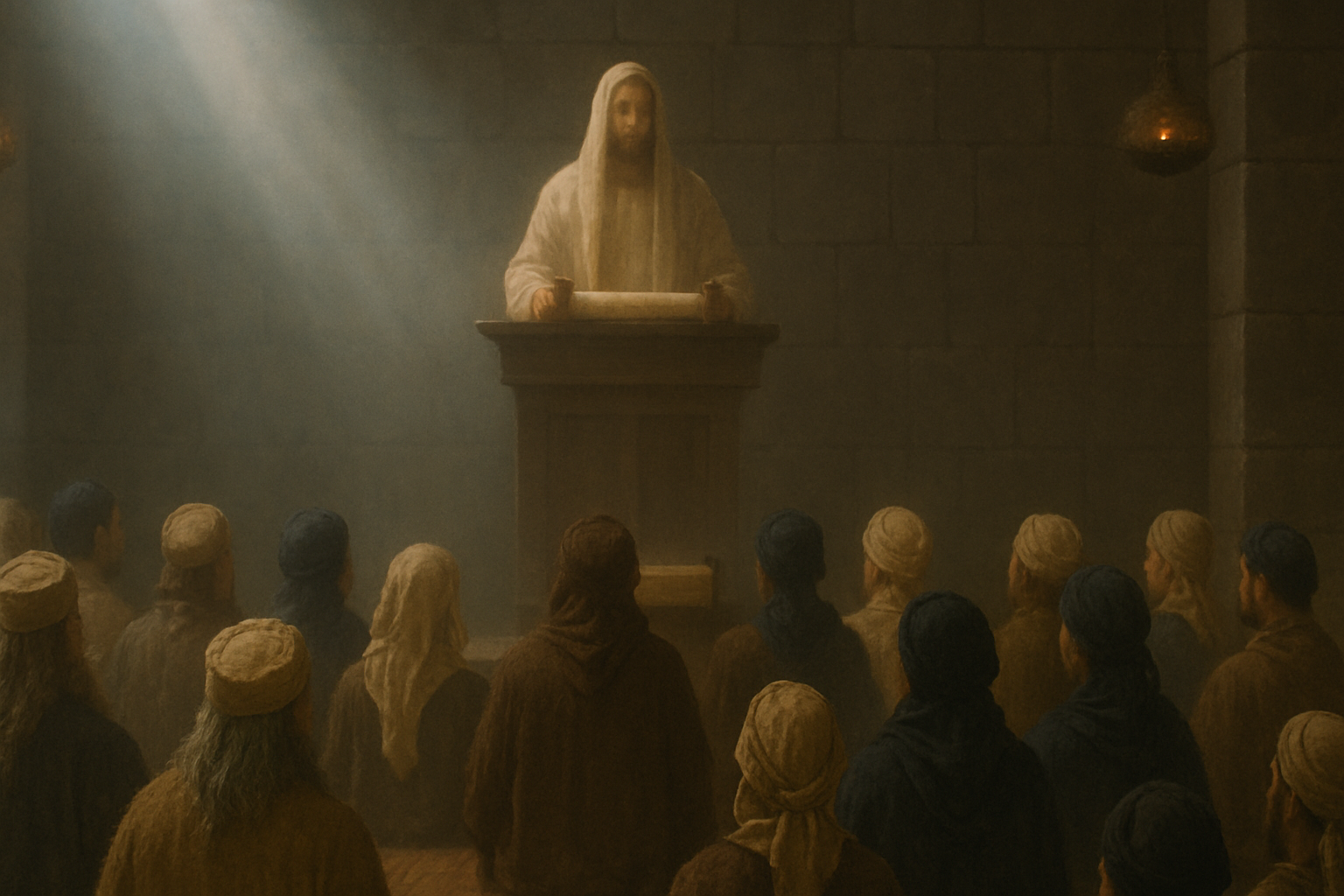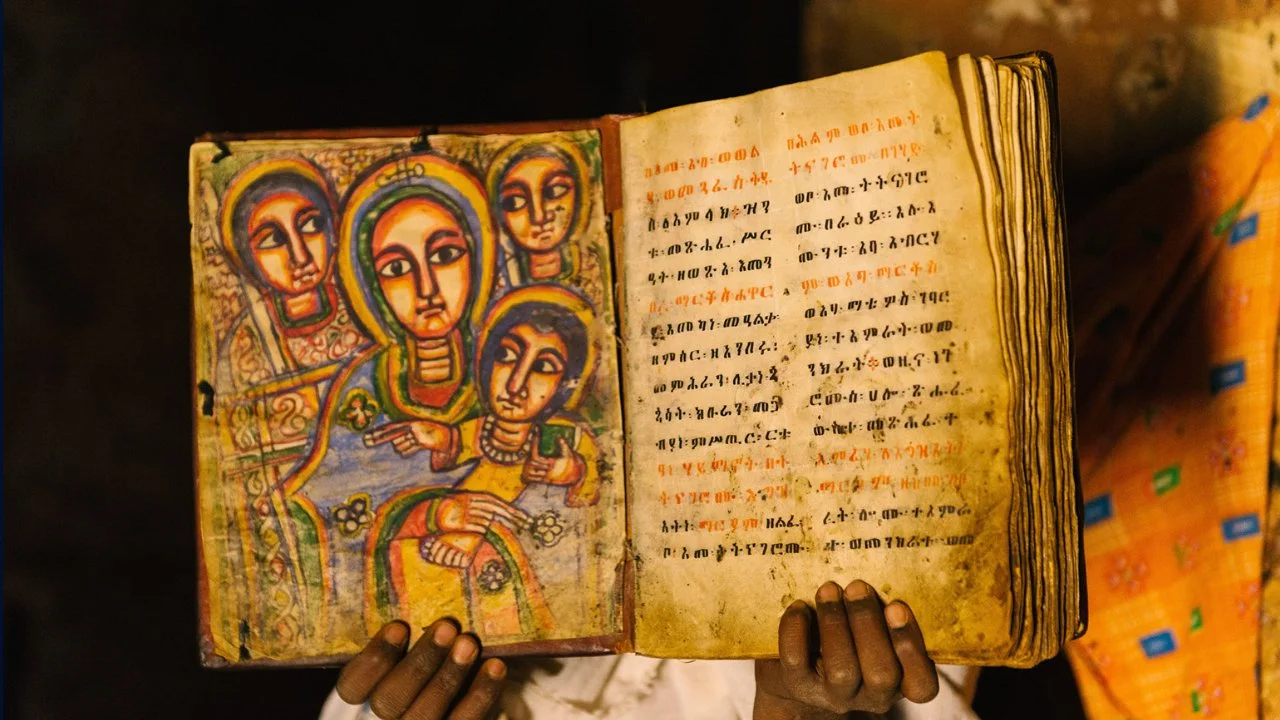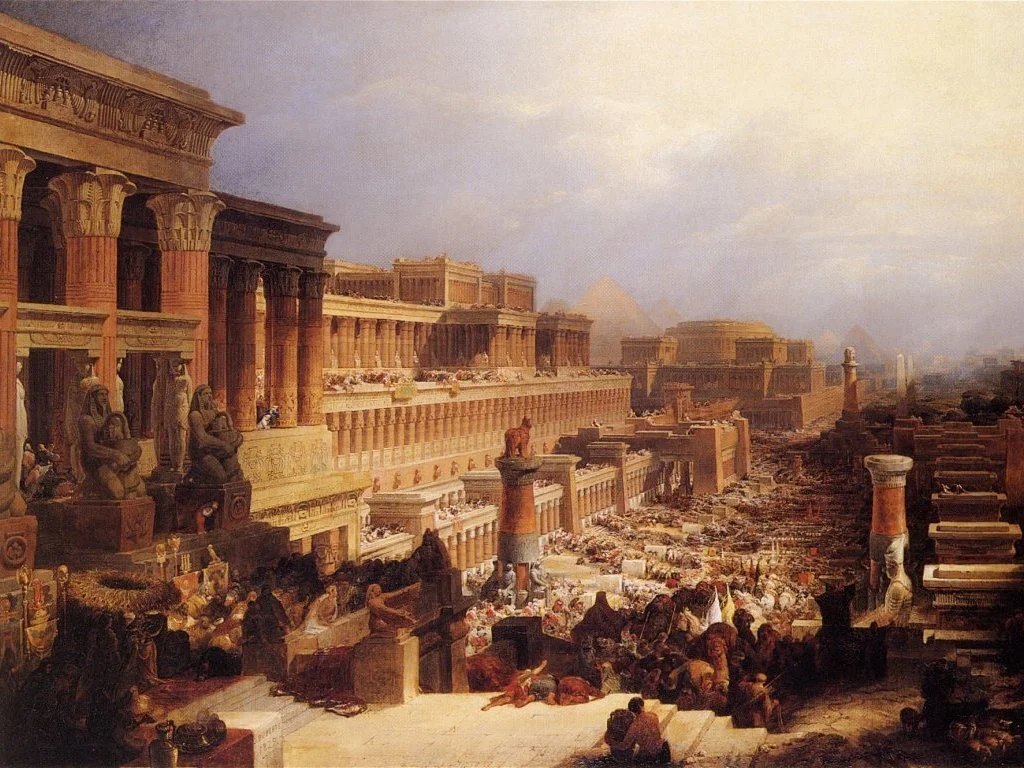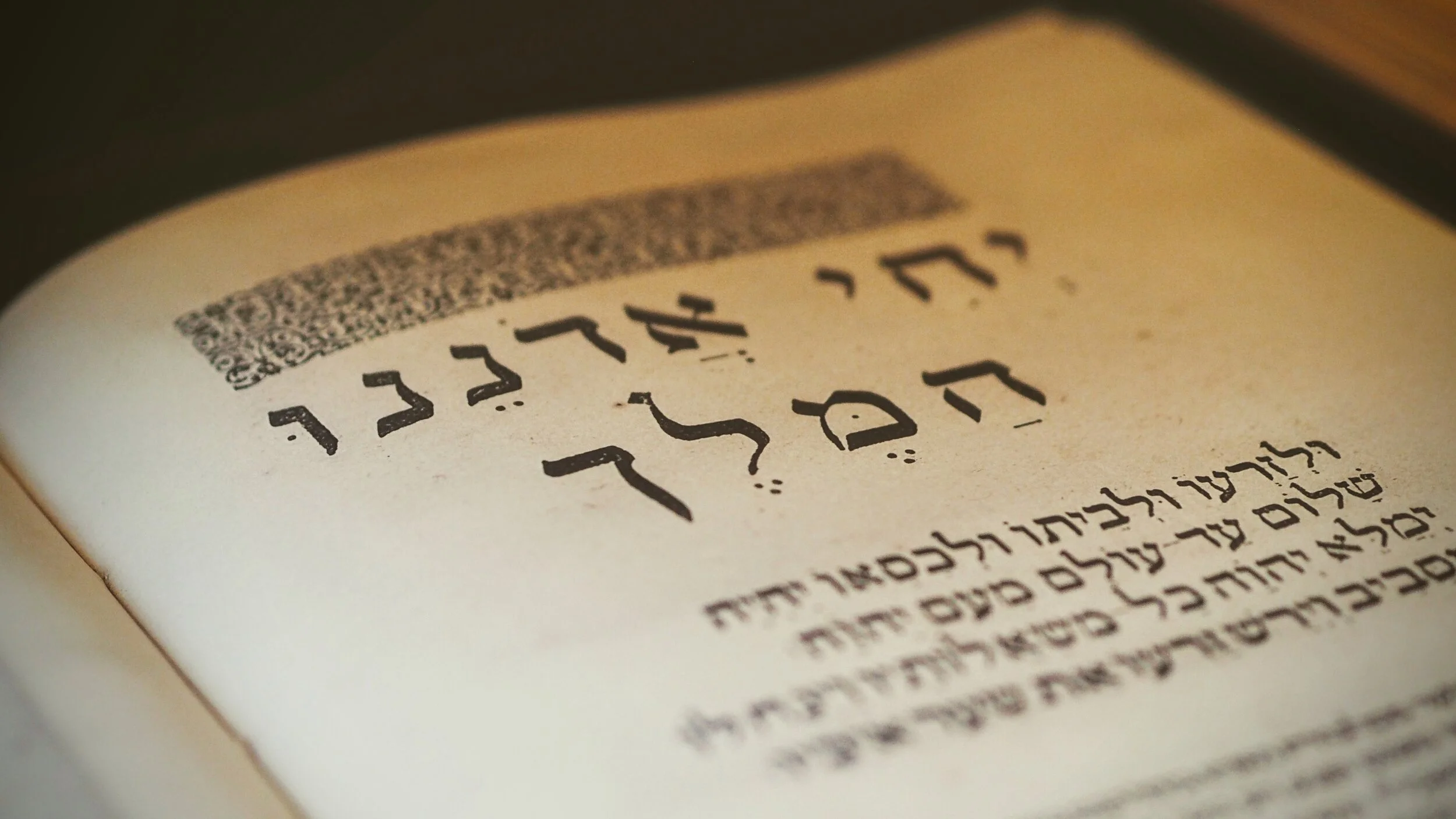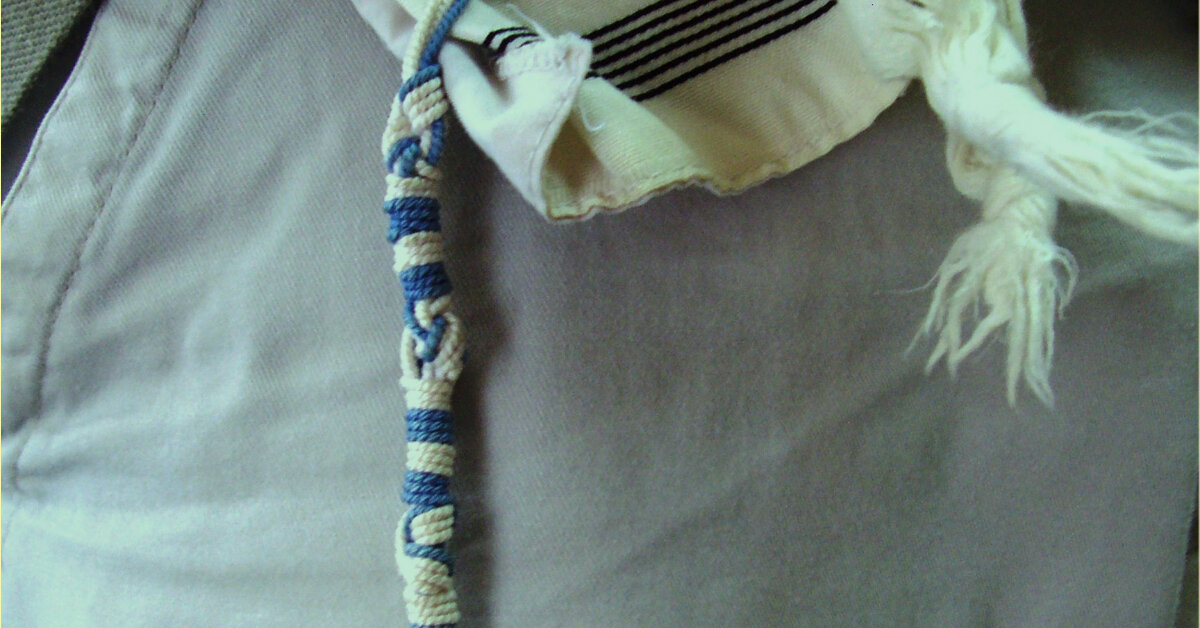Author: David Wilber
The Feast of Purim commemorates the deliverance of the Jewish people from the evil Prime Minister Haman's conspiracy to destroy them. It's a celebration of God's love and protection in the midst of a hostile world. What are some ways we can celebrate this joyful feast?
The story of Purim is recorded in the Book of Esther. It takes place in the ancient Medo-Persian empire at the time when the seventy years of exile had come to an end and the Jewish people were allowed to go back to Jerusalem (Jeremiah 29:10). While some of the Jews returned to the Promised Land, many stayed in Persia.
The story begins with Ahasuerus, the King of the Medo-Persian empire, removing Vashti as queen and choosing Esther (Hadassah), a young Jewish woman, to replace her. Shortly after Esther was crowned queen, her cousin Mordecai, one of the King's servants, hears about a plot to assassinate King Ahasuerus. He reports it to Esther who informs the King, thus saving the King's life.
At that time there was an evil prime minister of the empire by the name of Haman. The King ordered his servants to bow before Haman and pay homage to him, so all of them did ... except for Mordecai. When Haman heard about Mordecai's refusal to bow before him, he schemed to destroy Mordecai along with all of the Jewish people in the land (Esther 3:8-11).
When Queen Esther learned of Haman’s plans, she called for the Jewish people to fast on her behalf. She courageously approached King Ahasuerus concerning Haman’s evil conspiracy against her people. Because of Esther’s bravery, Haman was sent to the gallows, and the Jewish people were permitted to defend themselves against those in the empire who sought to do them harm.
In remembrance of the miraculous events that took place, Queen Esther and Mordecai established the observance of Purim to celebrate all that God had done for His people (Esther 9:20-32).
Should Christians celebrate Purim?
Since Purim is a Jewish holiday, it's often asked whether or not believers in Yeshua (Jesus) should celebrate it. The answer is yes! First, it's in the Bible. And according to the apostle Paul, "all scripture is breathed out by God and profitable for teaching, for reproof, for correction, and for training in righteousness" (2 Timothy 3:16). The book of Esther is included in "all scripture." Secondly, if you love the God of Israel and you stand with the Jewish people, then according to Scripture, Purim is for you:
Therefore they called these days Purim, after the term Pur […] the Jews firmly obligated themselves and their offspring and all who joined them, that without fail they would keep these two days according to what was written and at the time appointed every year. (Esther 9:26-27)
Indeed, "all" who stand in solidarity with the people of Israel are invited to join them in observing Purim. So here are some ideas on how believers today can celebrate this amazing feast.
1) Learn about Purim and what it means today
The best place to start is to read through the book of Esther. It doesn't take long. Set some time aside to read through the book either on your own or with your family.
The book of Esther teaches us many lessons about God's faithfulness to His people and how He keeps His promises. It teaches us about the power of fasting and prayer. It teaches us that God can use us in amazing ways if we dedicate our lives to Him. Read through Esther and ask God to give you revelation about His character and will for your life.
2) Fast the day before Purim
This fast is known as Ta'anit Ester (Fast of Esther), and it commemorates the three-day fast observed by the Jewish people just before Queen Esther spoke to King Ahasuerus about Haman's evil plans. Traditionally, the fast begins the day before Purim at Sundown and ends at the beginning of Purim at Sundown.
Fasting and prayer is a great way to connect to the story of Purim on a practical level by doing what the ancient Jews did in the events leading up to their deliverance. As Christians, we can also connect our fast to the Gospel and our deliverance from sin as we pray for the salvation of the Jewish people and anyone else who doesn't know Yeshua as their Messiah.
3) Make Purim Baskets
Another Purim tradition is Mishloach manot, or the "sending of portions." It is derived from Esther 9:22, which says, "They should make them days of feasting and gladness, and sending portions of food to one another, and gifts to the poor." This tradition is observed by making baskets containing food, candy, or small gifts. The baskets are usually decorated and then delivered to friends and family on Purim day.
4) Give to the poor
Part of the celebration of Purim includes giving generously to the poor (Esther 9:22). Prayerfully seek the Father’s will on how to apply this part of the feast. Meeting the needs of the poor is very close to the Father’s heart, and the feast of Purim is certainly a wonderful opportunity to minister to the poor and needy.
5) Have a costume party
It's traditional to dress up in costume for Purim. This tradition comes from Esther hiding her Jewish identity from King Ahasuerus per Mordecai’s instructions at the beginning of the story. Kids love putting on costumes, so you could have them dress in royal attire as kings and queens to help them connect to the story.
The Bible says, "So I commend the enjoyment of life, because there is nothing better for a person under the sun than to eat and drink and be glad. Then joy will accompany them in their toil all the days of the life God has given them under the sun" (Ecclesiastes 8:15). Purim is supposed to be fun and joyful. And for many people, dressing up is simply a way to have fun and enjoy the holiday.
6) Tell the story of Esther
On the Feast of Purim it's customary to read the Megillat Ester (Scroll of Esther) in front of your congregation, Synagogue, or Bible study group. You can make this as interactive and fun as you’d like! What a lot of people do is give the children noisemakers and sit them up front so they can “boo” and yell when the name Haman is mentioned and cheer when they hear the name Mordecai.
The tradition of drowning out the name of Haman is based on Deuteronomy 25:17-19, which tells us that we are to "blot out the name of Amalek." It is believed that Haman was a descendant of Agag, the King of Amalek. So according to the sages, we fulfill the mitzvah to blot out the name of Amalek by making so much noise when Haman's name is mentioned during the reading of Esther that his name is "blotted out."
7) Eat Purim-themed food!
Of course, no feast is complete without a feast. It's traditional to have a special meal with friends and family during Purim. Some traditional foods include a large challah with raisins. It's also customary to eat meals made with beans and peas. And the most famous Purim dish is hamantashen, which are triangular cookies filled with jelly or fruit.
Chag sameach (Happy Holiday)! May you have a blessed Purim!
About David Wilber
David is first and foremost a passionate follower of Yeshua the Messiah. He is also a writer, speaker, and teacher.
David’s heart is to minister to God’s people by helping them rediscover the validity and blessing of God’s Torah and help prepare them to give an answer to anyone who asks about the hope within them (1 Peter 3:15)…



